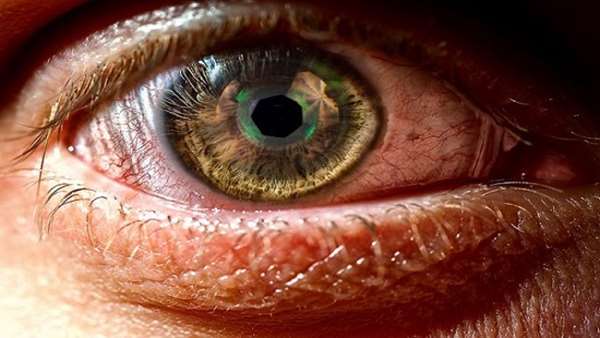FDA panel unanimously votes to approve gene therapy for blindness
Retinal dystrophy due to mutation of the RPE65 gene causes severe visual impairment beginning in infancy. As it progresses, patients experience gradual loss of peripheral vision and central vision. Eventually, the disease leads to blindness.
A US Food and Drug Administration advisory committee unanimously voted Thursday to approve an experimental genetic therapy for patients with a rare inherited eye disease.
Retinal dystrophy due to mutation of the RPE65 gene causes severe visual impairment beginning in infancy. As it progresses, patients experience gradual loss of peripheral vision and central vision. Eventually, the disease leads to blindness.
Voretigene neparvovec, made by Philadelphia-based Spark Therapeutics Inc. and given the brand name Luxturna, is now one step closer to full FDA approval. The agency will make its final decision by January 12. If the verdict is positive, the gene therapy will be the first approved treatment in the US to correct an inherited genetic trait. Some scientists believe an approval could open the door to other treatments that correct flaws in the inherited genome.
Spark believes that 1,000 to 2,000 people in the United States 6,000 worldwide would be eligible for its gene therapy. Currently, there are no approved treatments for this disease.
In clinical trials, 27 out of 29 participants (93%) demonstrated a gain in functional vision and maintained improved vision for at least three years. No serious adverse events or harmful immune responses have been associated with the gene therapy.
Before the vote, patients shared emotional testimonies of their experiences after treatment, apparently winning over the 16 voting committee members.
The patients and families who testified unanimously praised the treatment.
Angelina Gatt of Long Island, New York, participated in the clinical trial and was treated in 2013. The student said her life changed as a result of the gene therapy. She no longer needs a school aide and can function independently.
"Now, I can do everything everyone else can do and have just as much fun," she said.
"My biggest dream was to be normal," said study participant Misty Lovelace, 18, of Northern Kentucky. "My vision was dark," and she walked with a cane and read Braille before her treatment.
When her eye patches were removed after surgery, "I remember opening my eyes to the bright colorful world," she said. After relating her joy when seeing her mothers face, the moon and a favorite stuffed animal, she inspired laughter when she added, "I honestly say that rainbows are overrated, by far.
"My biggest dream came true. It was truly a miracle."
Caitlin Corey said she received treatment in December 2013, days before her 21st birthday.
"At first, vision loss is just small things going," she said. When text became too small, she got enlarged-print books. Soon, though, she "was at the precipice of losing it all."
"I was well aware of the risks and benefits this treatment entailed," she said. Within days of her surgery, she could see colors and walk in dimly lit settings.
"I may not have regained all my vision, but I am independent," Corey said.
Christian Guardino, 17, a study participant from Patchogue, New York, said "the first 12 years of my life were spent in darkness." He encountered social difficulties and "had quite a few injuries" but today, can see "things Ive never been able to see before."
"My sight has remained stable for four years now," he said. "I hope and pray that this becomes available to everyone."
Luxturna works by supplying a normal RPE65 gene to retinal cells. It is a liquid that is injected into the eye with a microscopic needle during a surgical procedure. Within the liquid is a gene therapy virus that contains a healthy version of the gene.
Essentially, the drug adds a third version of the gene to retinal cells. Unlike the mutated genes, this normally functioning gene is able to code for a protein crucial to vision.
Risks of the treatment include cataracts, elevated eye pressure, retinal tears and holes, and inflammation.
Safety and efficacy were assessed in clinical trials that included participants between 4 and 44 years old. Their functional vision was measured using a test that was essentially an obstacle course navigated by the participants at seven levels of light, from interior office light to a moonless summer night.
During Thursdays hearing, outside experts questioned safety data, and before the vote, the committee members noted that they felt satisfied by the answers.
The researchers continue to follow all those who received the therapy from 2007 through 2015, a total of 41 patients.





ارسال به دوستان